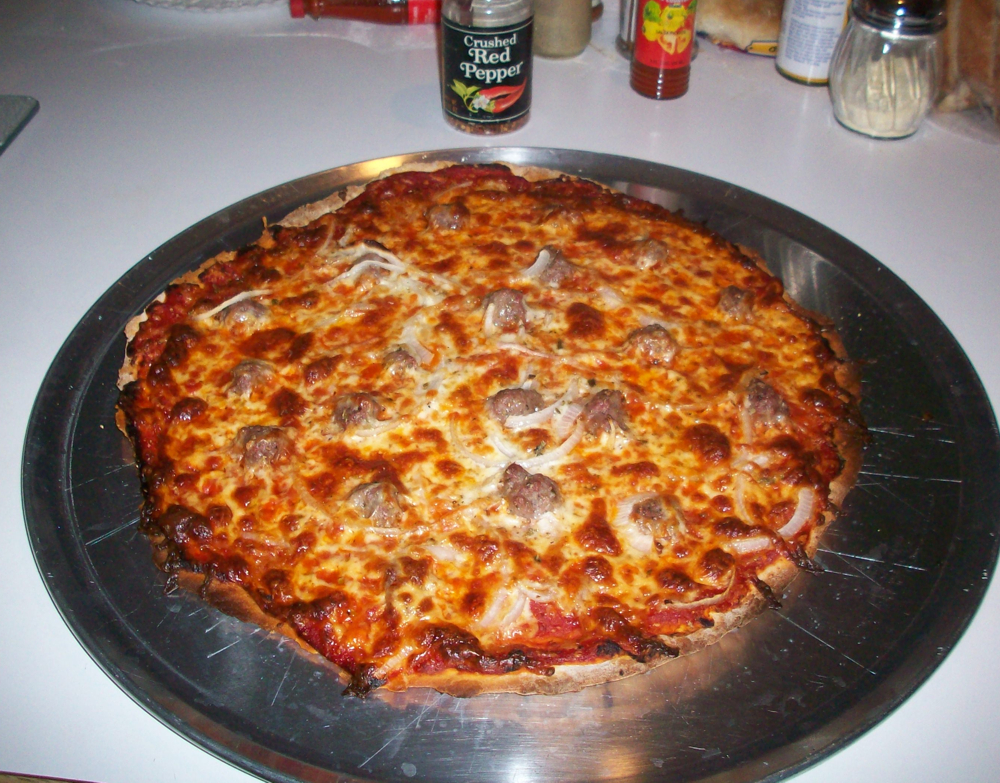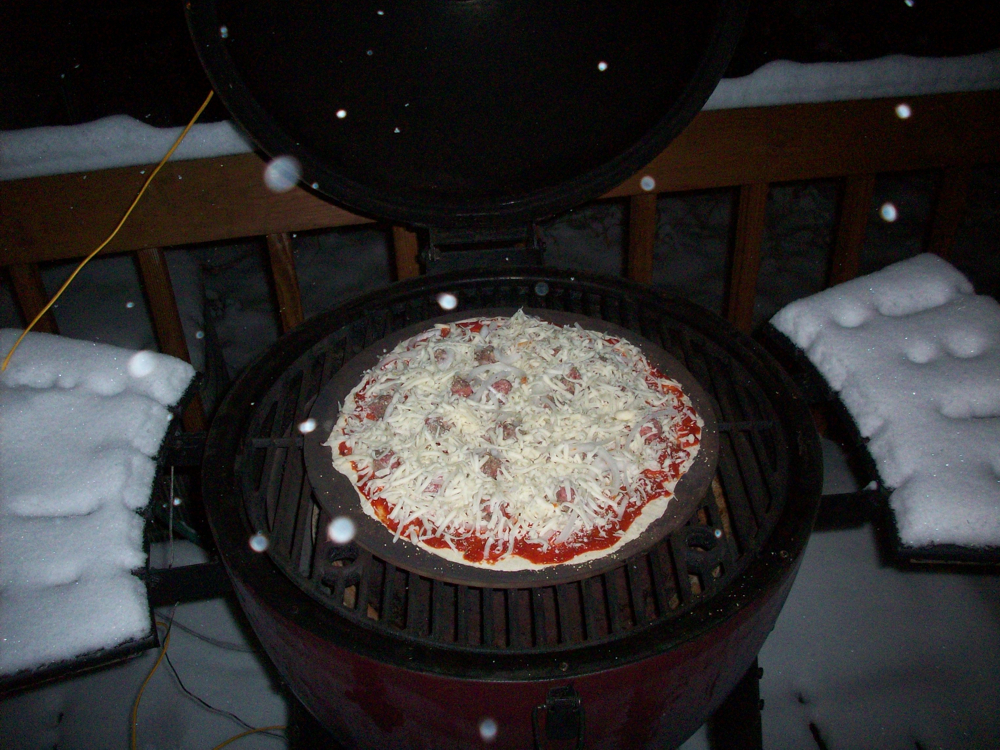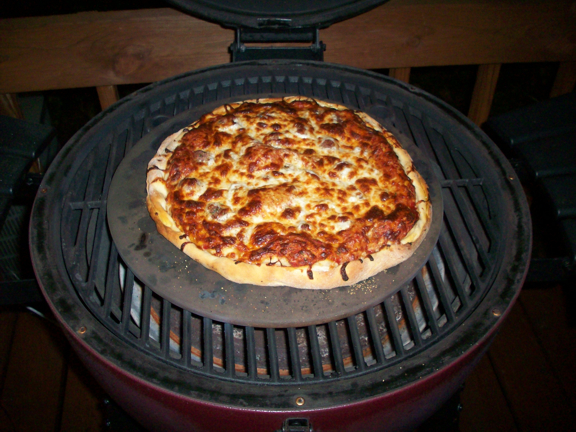Bryan Mayland
TVWBB Hall of Fame
That's super impressive, Ralph! The fact that the RD3 can do 700F at 50% power is a real testament to it's effectiveness. Your previous RD I couldn't get above 400F without opening the vent a little manually. I still haven't tried a high heat cook with the RD3 you sent me plans for. I broke the top off thanks to poor printing lamination of the HIPS material (suuuucks) and too much force by yours truly. I need to print another one to give it a try.
As far as pizza in the egg, I had some fun a few years ago with some friends who said "Oh you gotta get the pizza oven up to 800F to get a good pizza. Forget about it!" and found that that's way way too hot to cook pizza with the heat coming from below. Full report I'd say depending on your crust thickness, 600F might be about right. Here is 625F on the diffuser stone:
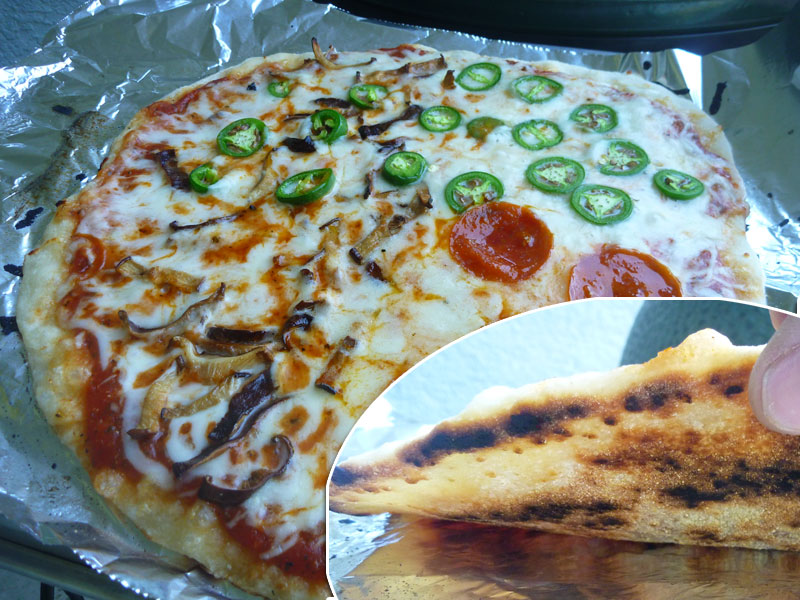
And 750F on a cast iron skillet:
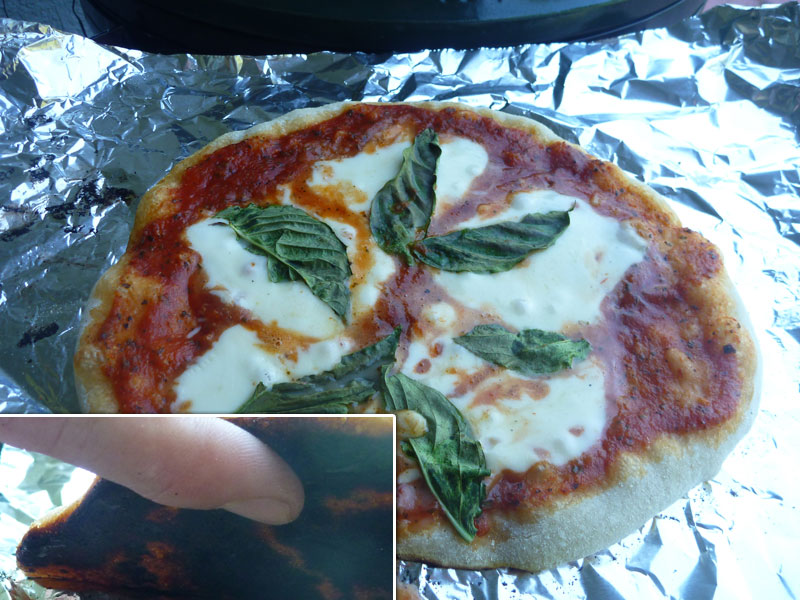
As far as pizza in the egg, I had some fun a few years ago with some friends who said "Oh you gotta get the pizza oven up to 800F to get a good pizza. Forget about it!" and found that that's way way too hot to cook pizza with the heat coming from below. Full report I'd say depending on your crust thickness, 600F might be about right. Here is 625F on the diffuser stone:

And 750F on a cast iron skillet:


